
In the first year of the reign of King Xiang of the Eastern Zhou Dynasty (651 BC), Duke Huan of Qi held a meeting at Kuiqiu, and the Zhou emperor recognized his hegemony, making him the first hegemon of the Spring and Autumn Period. During the same period of more than 30 years (669-631 BC), the Assyrian Kingdom in the Mesopotamian Basin ushered in the reign of Ashurbanipal, and the Assyrian Empire entered its heyday.
The Paper learned that on May 1, the "King of Assyria: Ashurbanipal - Assyrian Cultural Relics from the British Museum" exhibition was held in the West Hall of Suzhou Museum. The exhibition uses Ashurbanipal, a famous Assyrian monarch, as a clue character to show and interpret the Assyrian Akkadian Empire, one of the oldest empires in the world that once spanned the two river basins of Western Asia and created a brilliant Mesopotamian plain civilization. It is worth noting that most of the cultural relics in the exhibition are exhibited for the first time in an international tour, and the most famous literary work in Mesopotamia, the series of clay tablets of the Epic of Gilgamesh, is also being exhibited abroad for the first time.
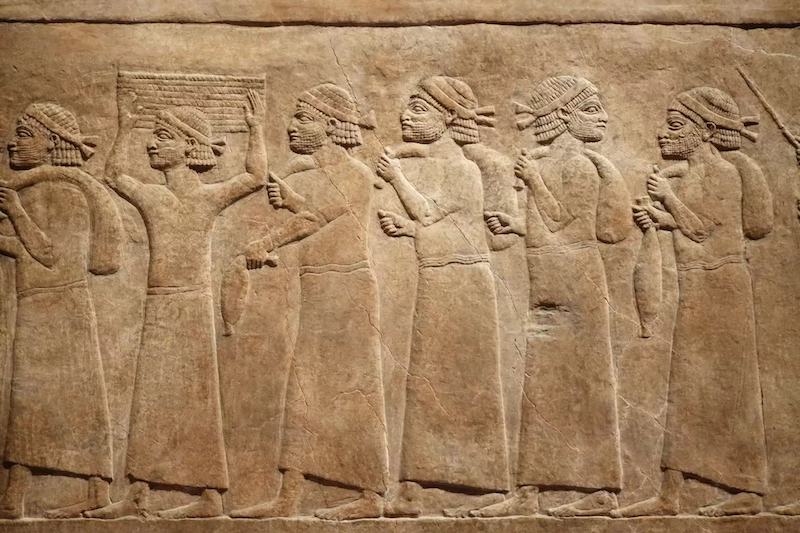
"King of Assyria: Ashurbanipal - Exhibition of Assyrian Cultural Relics from the British Museum"
"This special exhibition is the third in Suzhou Museum's 'History of World Civilization' series of exhibitions, following the special exhibitions of ancient Rome and ancient Greece. With the major civilizations that have influenced world history as the background, and unfolding from different perspectives, with a grand vision and multi-dimensional interpretation, the series of special exhibitions has become an important platform for Suzhou Museum to practice the concept of 'Standing in Jiangnan, Viewing the World', showing the audience a series of vivid and profound epic pictures of civilization." Xie Xiaoting, director of Suzhou Museum, introduced that the exhibition takes "Ashurbanipal" as the main line, presenting this country that was once forgotten by history in an all-round and multi-level manner.
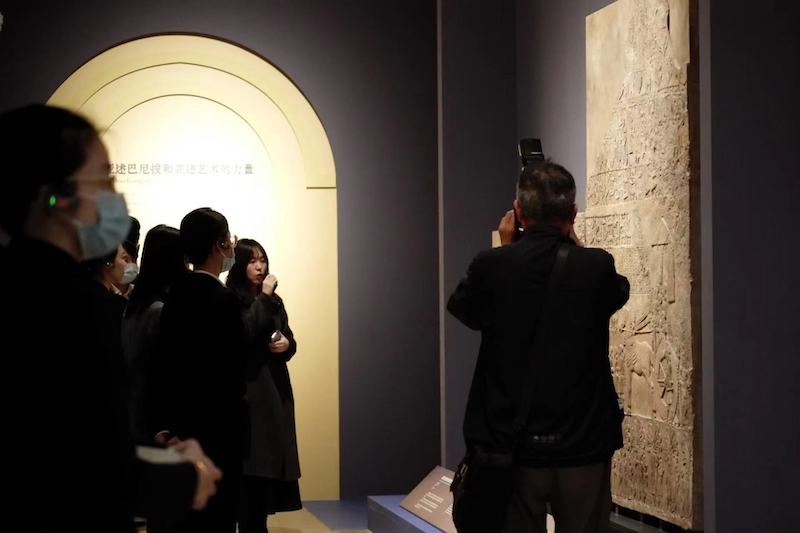
"King of Assyria: Ashurbanipal - Exhibition of Assyrian Cultural Relics from the British Museum"
Sir Mark Jones, Acting Director of the British Museum, wrote, "It is an honor for the British Museum to jointly present the special exhibition 'King of Assyria: Ashurbanipal' to Chinese audiences with Suzhou Museum. This is one of a series of exhibitions we are cooperating on. In this exhibition, more than 140 extraordinary artifacts reveal how one of the greatest monarchs of Assyria left an indelible mark on world history. The exhibition displays star artifacts from the British Museum's Middle East collection, including exquisitely crafted ivory products and magnificent stone reliefs. We hope that the audience will be inspired by this exhibition and explore this ancient and true human story."
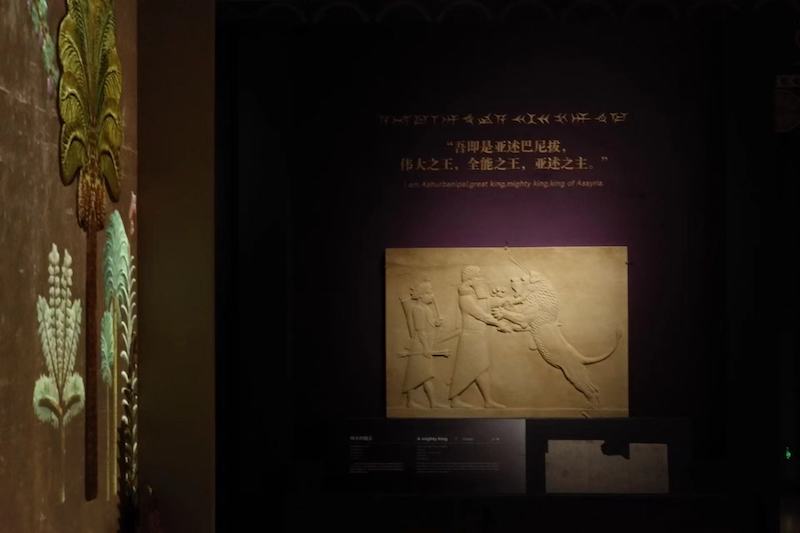
"King of Assyria: Ashurbanipal - Exhibition of Assyrian Cultural Relics from the British Museum"
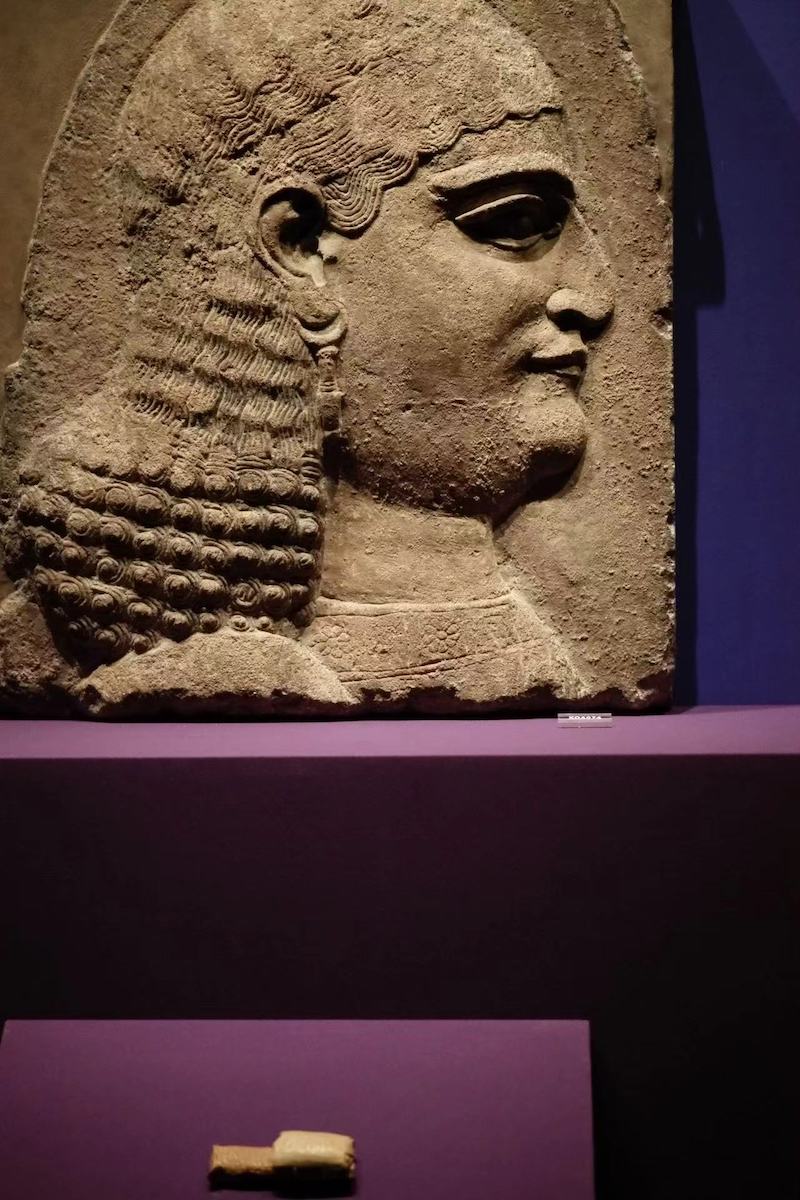
"King of Assyria: Ashurbanipal - Exhibition of Assyrian Cultural Relics from the British Museum"
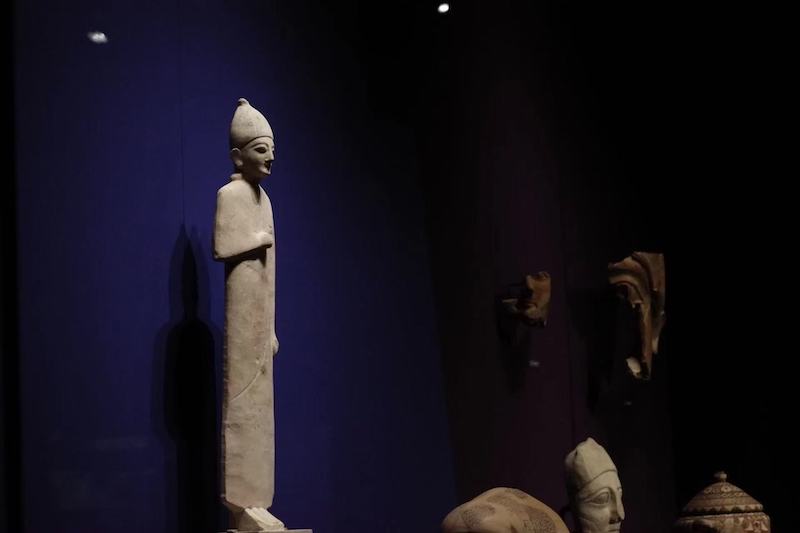
"King of Assyria: Ashurbanipal - Exhibition of Assyrian Cultural Relics from the British Museum"
It is reported that the exhibition is divided into eight units, displaying a total of 149 pieces/sets of exquisite Assyrian cultural relics from the British Museum. The exhibited cultural relics date back to 900 BC and the rediscovery of Assyrian archaeology in 1885. It not only presents Assyria's military politics, multiculturalism, royal life, artistic essence, and document collections, but also shows the research process of Assyrian archaeology and Assyriology from the perspective of academic history, as well as contemporary academic aspects such as the protection of Assyrian sites. While popularizing science for the public, it also provides reference for the industry and professional audiences.

Guardian Spirit British Museum Collection

Ashurbanipal inspecting the spoils from Babylon
Focus on the core characters and trace the origin of the epic king
According to Xu Yantong, the exhibition coordinator of the exhibition "King of Assyria: Ashurbanipal - Assyrian Cultural Relics from the British Museum", Ashurbanipal (reigned 668-631 BC) was one of the most famous monarchs of the Assyrian Empire and was once the most powerful ruler in the world. In his heyday, Ashurbanipal controlled a vast empire, which stretched from the eastern coast of the Mediterranean to the western mountains of Iran, and from the coast of the Persian Gulf to the vast grasslands of central Anatolia. Ashurbanipal was not only a legend in military and political affairs, but also attached great importance to cultural politics. During his reign, he created a large library that collected knowledge of literature from the Mesopotamian region, and demonstrated the image of royal power through texts and reliefs on themes such as poetry, lion hunting, and war. Ashurbanipal, as presented by archaeological relics, has different identities such as emperor, military strategist, scholar, poet, library founder, and lion hunting warrior. The exhibition starts with this core figure who plays multiple roles, and expands from his experiences to his city, his country, and his era.
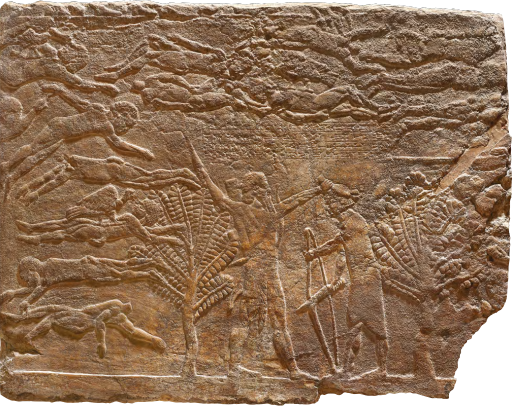
The Execution of General Elam (relief plaque)
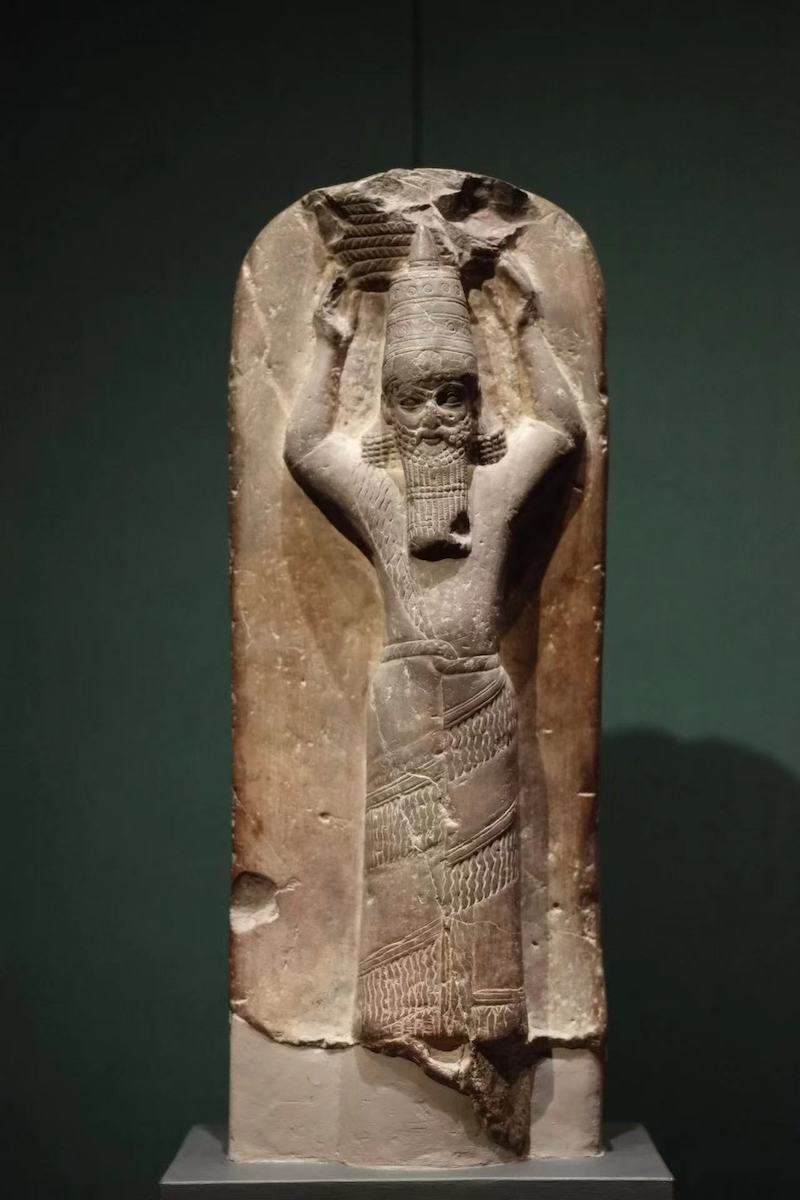
"King of Assyria: Ashurbanipal - Exhibition of Assyrian Cultural Relics from the British Museum"
The exhibition sorts out and introduces the royal succession lineage related to Ashurbanipal through cultural relics. It reveals the fierce struggle of the Assyrian royal family through the disputes between Ashurbanipal and his father and grandfather's successors, and comprehensively displays Ashurbanipal's achievements in different fields, vividly presenting a king's epic that stirred the Mesopotamian plains.
Showcase the city landscape and get a glimpse of the magnificent royal city
The second unit of the exhibition transitions from the core figure Ashurbanipal to the city and palace where he lived, focusing on the archaeological findings and unearthed cultural relics of Nineveh. In addition to palace buildings, the royal garden is also an important space to showcase the country's rich products and affluent life. The exhibition also restores a large number of important ritual activities and scenes of the Assyrian royal family in the garden, such as banquets, social gatherings, lion hunting, etc., through the display of cultural relics and scene restoration.

Garden walls (siding)

"King of Assyria: Ashurbanipal - Exhibition of Assyrian Cultural Relics from the British Museum"
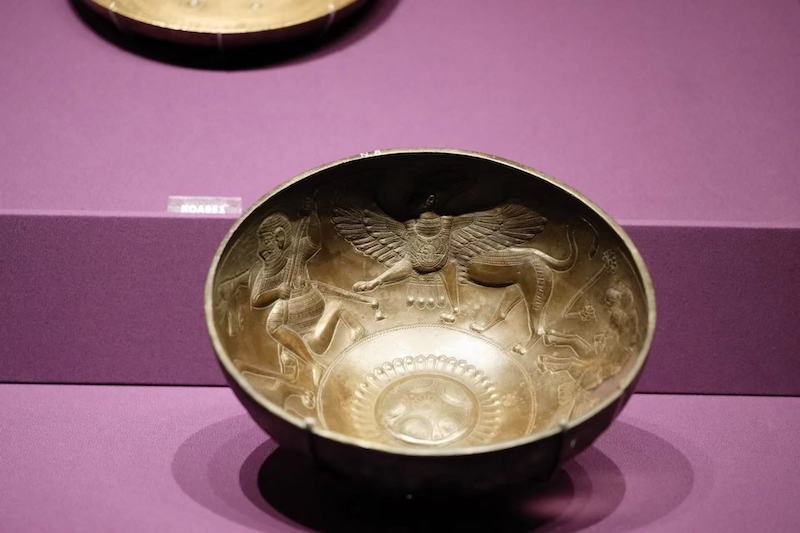
"King of Assyria: Ashurbanipal - Exhibition of Assyrian Cultural Relics from the British Museum"
Exhibit clay tablets and explore cultural influences
Unlike earlier Assyrian rulers, Ashurbanipal claimed to be proficient in writing, able to solve complex mathematical problems, and debate with experts and scholars. He was often depicted with a metal pen on his belt. He believed that the empire should be governed by knowledge, so he built the largest and most comprehensive library of the time, which was designed to bring together the wisdom of the world. The Assyrians used clay tablets with cuneiform writing as their main medium of documentation. Ashurbanipal had at least 10,000 texts, each of which was newly made from the finest clay and written in the clearest handwriting.
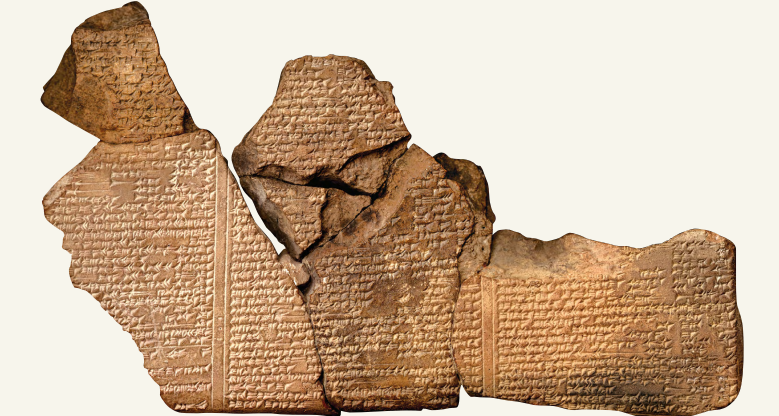
The Epic of Gilgamesh
After nearly two centuries of interpretation by archaeologists, the various disciplines, rich knowledge, historical events and even vivid life cases recorded in Ashurbanipal's numerous clay tablets have been interpreted and restored. The clay tablets exhibited this time generally cover three categories: academic documents, divination records and written materials. They record the real life and spiritual world of Assyria, and also reflect the organization of Assyrian libraries.
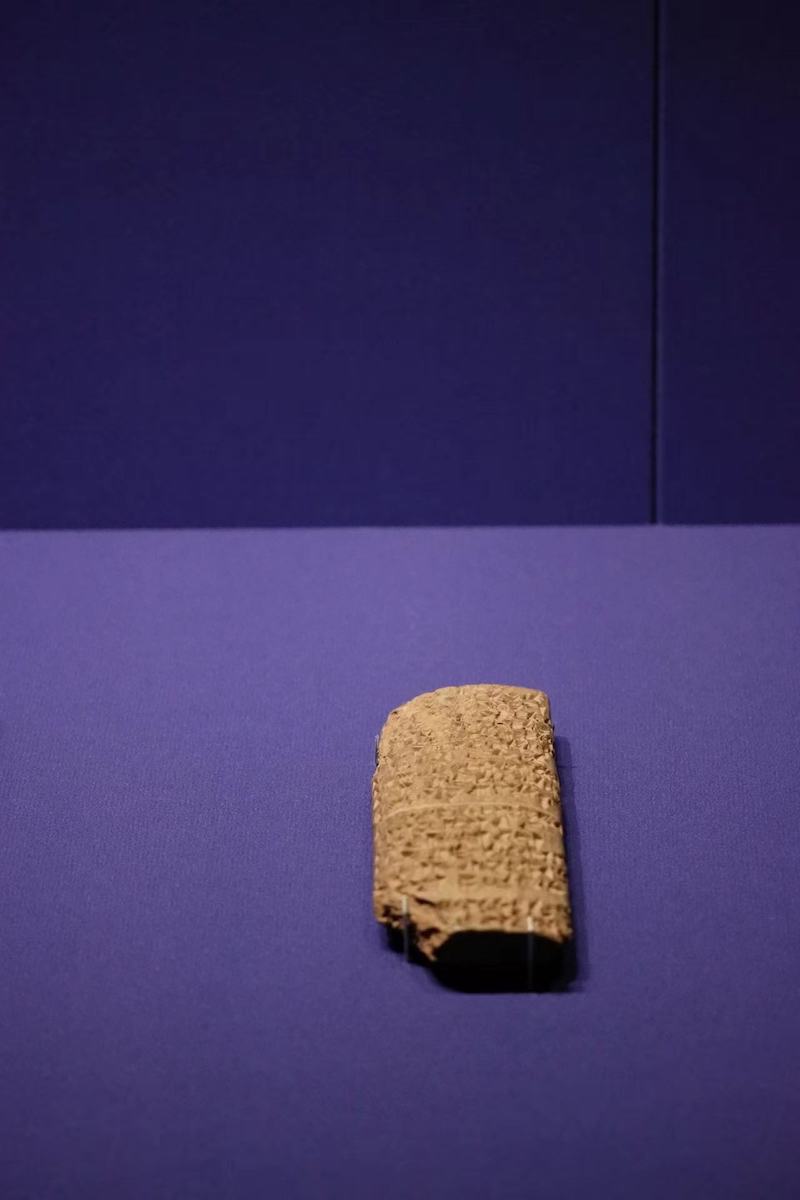
"Will My Faithless Brother Escape?" Letter Nineveh, Iraq, 651 B.C. Clay
Understanding the will of the gods was a central pillar of Mesopotamian scholarship. Ashurbanipal would consult divination before making any major decisions. The most common method was to sacrifice a sheep and then examine its entrails for signs. Not all signs were good, and specific spells and exorcisms were used to avoid negative predictions. Scribes made lists of spells to deal with various misfortunes.
For example, in a letter on display titled “Will my disloyal brother flee?”, the omen report details the questions asked, the characteristics observed in the liver of the sacrificial animal, and the answer given by the fortuneteller. The omen report states that the presence of five unfavorable characteristics in the liver indicates that the rumors about Shamash Shumu Ugin are true.
"Ashurbanipal, King of Assyria, has heard that Shamash-Shumu-Ugin has fled to Elam. Is this rumor true? Five unfavorable features in divination: Major evil. The fifteenth day of the month of Tishri in the year of Sagaban. Report by Darishar and Danaya."

"King of Assyria: Ashurbanipal - Exhibition of Assyrian Cultural Relics from the British Museum"

"King of Assyria: Ashurbanipal - Exhibition of Assyrian Cultural Relics from the British Museum"
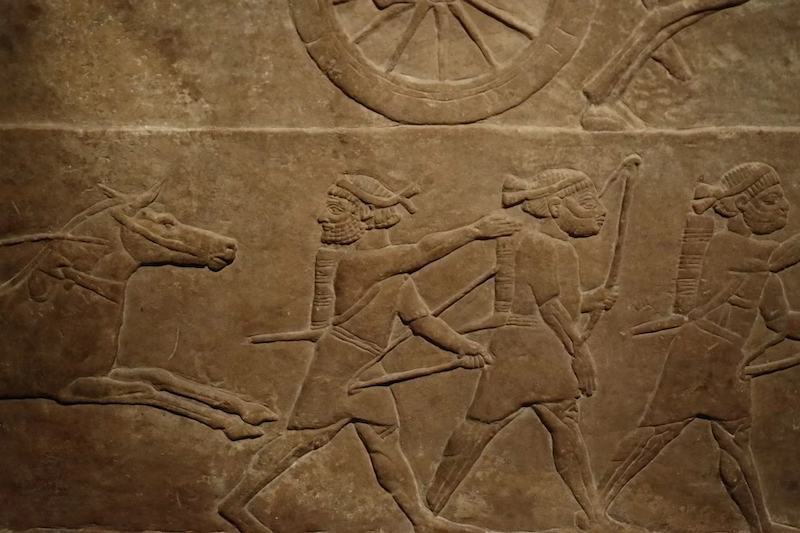
"King of Assyria: Ashurbanipal - Exhibition of Assyrian Cultural Relics from the British Museum"
Archaeological excavations of Assyria are still ongoing. As research continues to advance, more details of the ancient and mysterious Assyrian civilization will eventually be presented to audiences around the world in a clearer and more profound way under the research and protection of generations of scholars and workers.
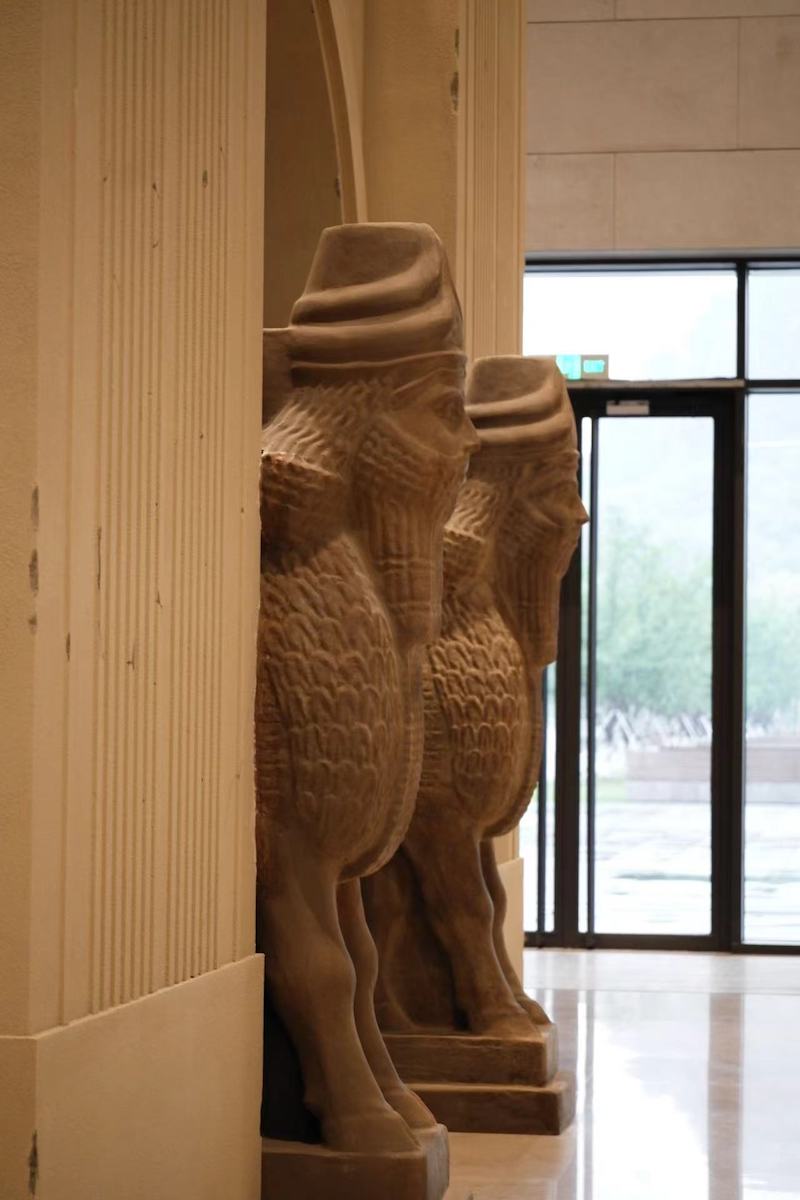
"King of Assyria: Ashurbanipal - Exhibition of Assyrian Cultural Relics from the British Museum"
The exhibition will last until August 2025. During this period, the second special exhibition of the Chinese Ancient Civilization Series, "Luoyang and Suzhou in the Eastern Zhou Dynasty", will also be exhibited in the Suzhou Museum in July 2024. In addition, Suzhou Museum will carry out a variety of educational activities around the special exhibition "King of Assyria: Ashurbanipal", including all-media popular science, special lectures, research and study experience, and aesthetic education courses, and launch special joint cultural creation to comprehensively expand the dissemination and influence of the exhibition. Audiences can explore Assyrian civilization and pay attention to international cultural exchanges in a variety of ways, whether inside or outside the exhibition hall, online or offline.
